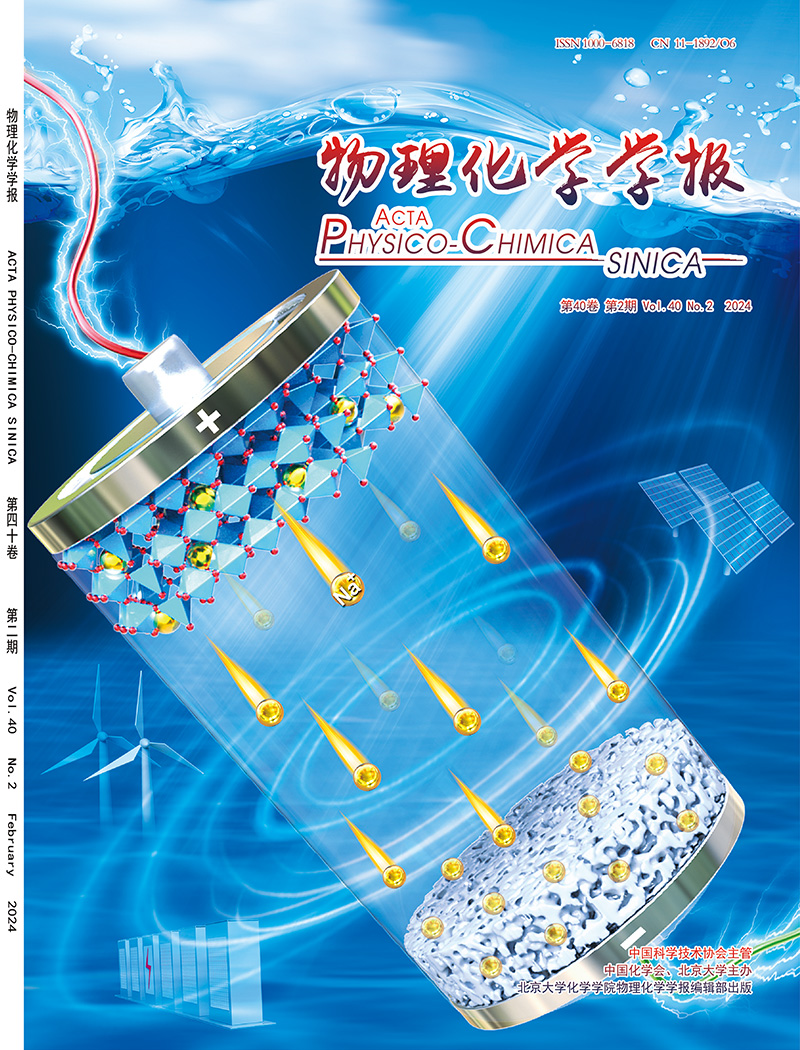Synergistic Effect of Cu-Graphdiyne/Transition Bimetallic Tungstate Formed S-Scheme Heterojunction for Enhanced Photocatalytic Hydrogen Evolution
IF 10.8
2区 化学
Q1 CHEMISTRY, PHYSICAL
引用次数: 0
Abstract
Cu-Graphdiyne and CoNiWO4 were synthesized by organic and hydrothermal methods, respectively. The establishment of an S-scheme heterojunction between Cu-Graphdiyne and CoNiWO4 was achieved by interface engineering design. The efficient separation and transfer of photogenerated carriers are facilitated by the synergistic effect of the built-in electric field and band bending, while maintaining the strong redox capacity of the catalysts. The introduction of Cu-Graphdiyne effectively enhances the photo absorption capacity and conductivity of the composite catalyst, and significantly suppresses the recombination of photogenerated carriers. The unique two-dimensional planar network structure of Cu-Graphdiyne provides abundant active sites for photocatalytic processes, thereby facilitating the photocatalytic reaction. Density functional theory (DFT) calculations demonstrate that hot electrons generated by surface plasmon resonance effects of Cu will transfer to Graphdiyne to promote hydrogen evolution reaction. This study offers insights into potential applications of Cu-Graphdiyne and nickel-cobalt based catalysts in photocatalytic hydrogen evolution.
- Download: Download high-res image (91KB)
- Download: Download full-size image
求助全文
约1分钟内获得全文
求助全文

 求助内容:
求助内容: 应助结果提醒方式:
应助结果提醒方式:


